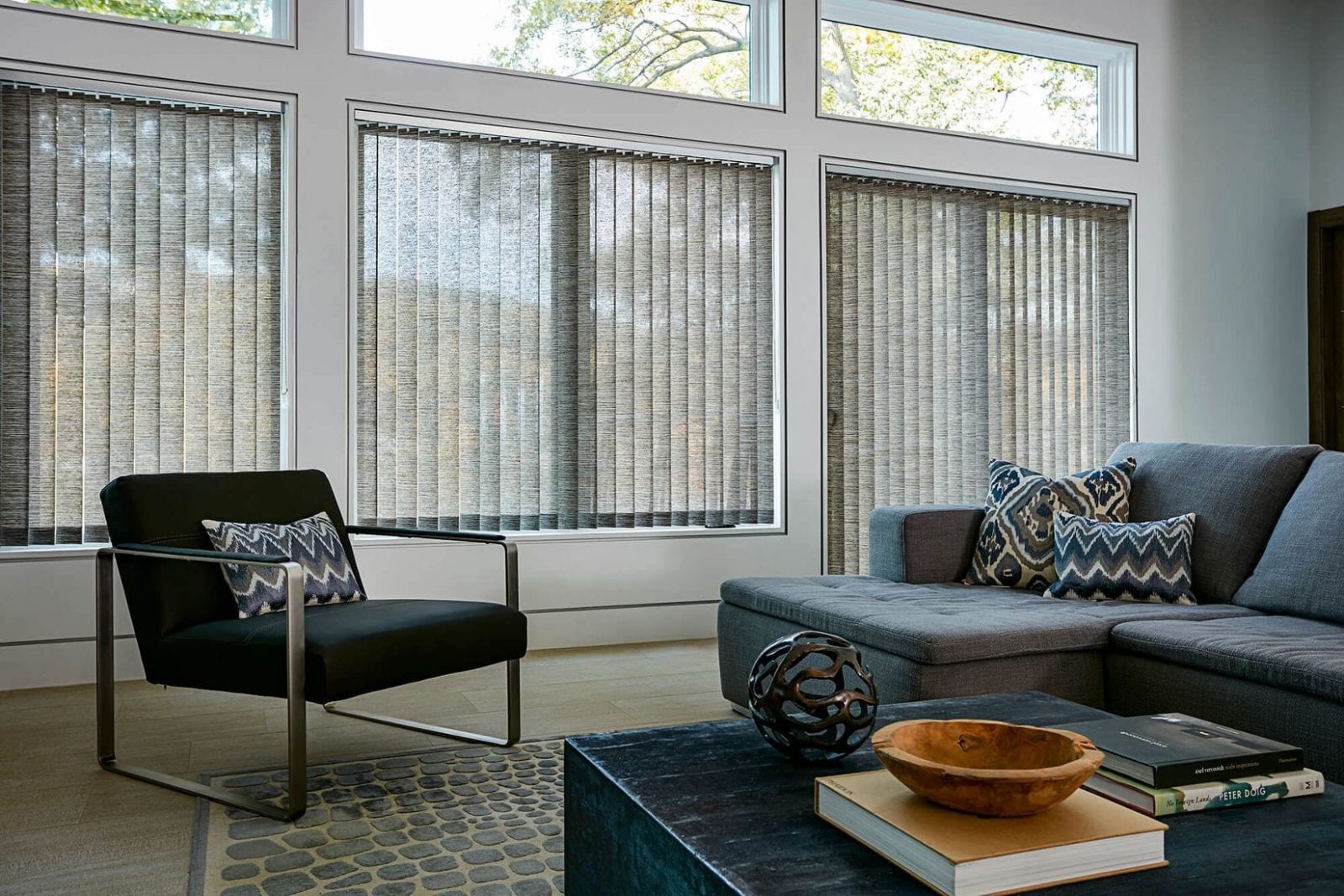There are so many styles of window treatments on the market today that finding the right blinds and shades for your home can be kind of an ordeal. Fortunately, there are people like selectblindscanada out there whose job it is to think about window treatments all day long. Lucky for you! Here are some things to consider when shopping for blinds and shades.
Light and Privacy
This is perhaps the most important thing to think about when you’re looking at window treatments. Ask yourself: How much light does the room get? How much light do you want to let in? Are there any views from the outside you want to block?
Depending on the answers, you might consider sheer fabric to let light filter in, roller shades to darken the room, or cellular shades that slide from bottom to top to block overhead view angles.
Budget
Are you installing blinds in your entire home? If your budget is limited, consider spending more on certain windows versus others. Find out where blinds will make the most difference for light management and insulation and plan accordingly.
Also, materials will make a difference in terms of cost. Blinds made from natural materials like real wood will be generally more expensive than vinyl blinds, for example.
Maintenance
If maintaining your blinds is an issue, you can opt for styles and materials that are more resistant to damage and soiling. Vinyl blinds are a good choice in this case and are essentially mandatory for areas in splash zones and high moisture rooms (like bathrooms).
Most blinds and shades can be maintained with simple dusting and low suction vacuuming, and spot cleaned with damp cloths or mild dish soap solutions.
Décor Style
Depending on what style you want for your room, you’ll need to choose the right colours and textures for your blinds and shades. Natural materials like wood, bamboo and linen provide a certain simplicity and elegance, while vinyl shades come in a wide variety of colours and bold designs.
Types of shades
Beyond the natural fiber vs. plastic types, shades come in a variety of styles that are suited to different situations. Here are a few examples:
Roman shades are a unique type of shade that feature soft, wide pleats that fold flat when raised by a cord. These work best in living rooms, family rooms or children’s rooms.
Honeycomb shades, also known as cell or cellular shades, are designed with horizontal rows of air pockets that look like a bee’s honeycomb. Theseprovide great insulation, keeping heat in during winter and out during the summer. These popular energy-saving blindswork great all around the house.
Blackout shades are made with a room-darkening fabric and offer maximum privacy. They can block out up to 100 percent of light and are ideal for bedrooms, home theaters, and media rooms.
Solar shades are made from a sheer weave material that offers protection from UV rays but won’t completely block your view. They are a good option for sunrooms, dining areas, and rooms that get a lot of direct sunlight.





